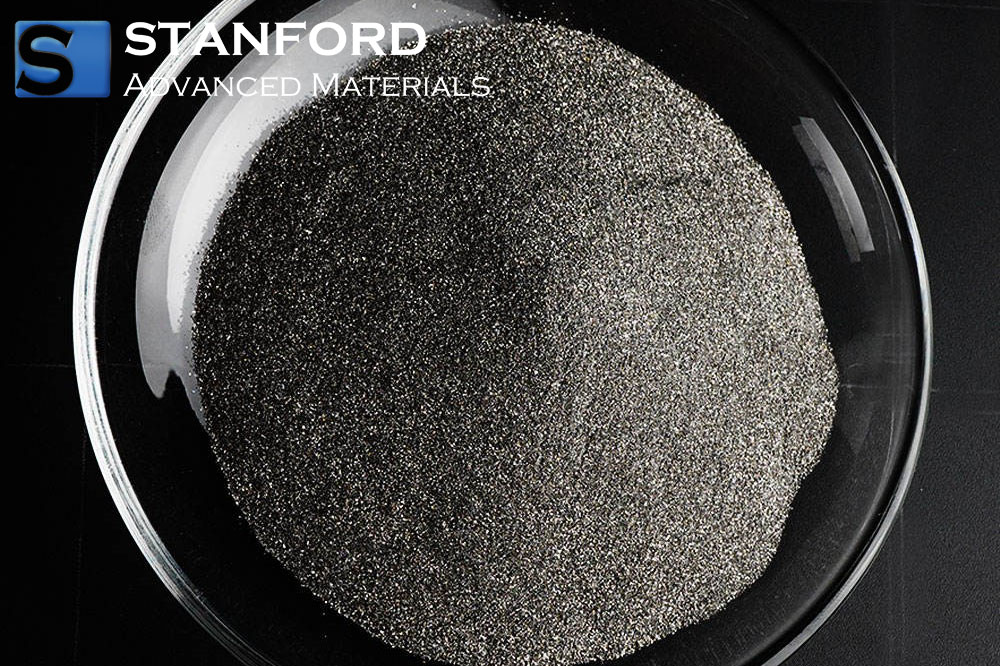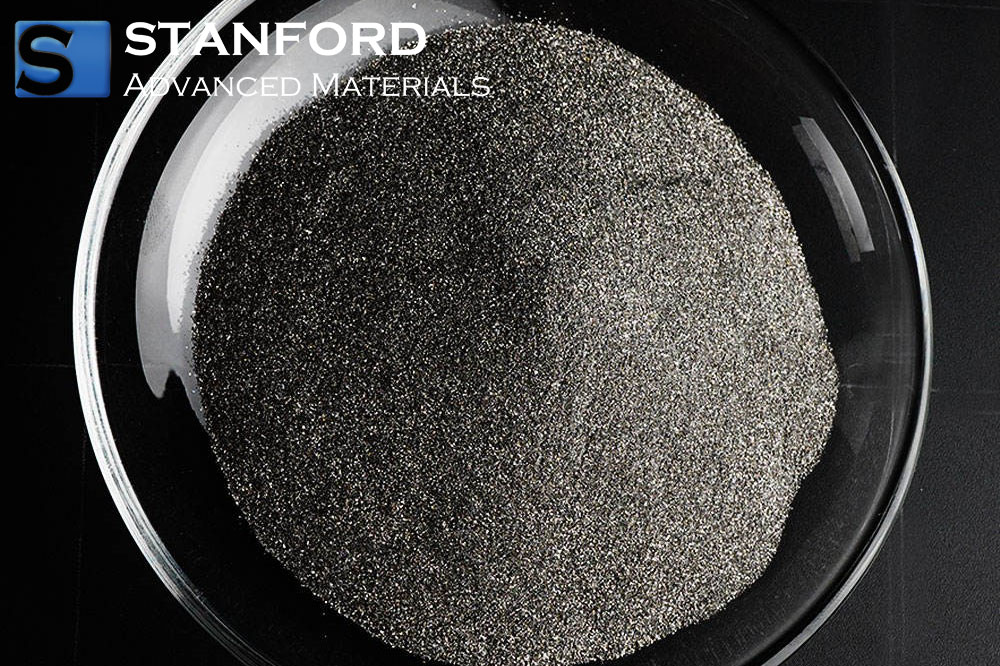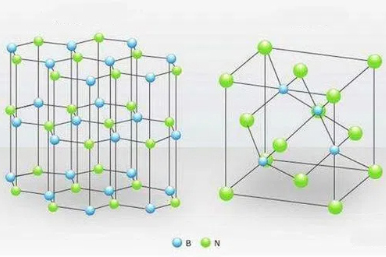Catalysis Redefined: Advantages Of Palladium On Carbon
Introduction
Catalysis is a fundamental process that has significantly impacted several branches of chemistry and enables the efficient conversion of molecules into value‐added products. Among the available catalysts, Palladium on Carbon (Pd/C) is noted for its performance and versatility. This catalytic system comprises palladium nanoparticles supported on carbon. It offers clear advantages for various applications. This article examines the advantages of palladium on carbon and describes how it has modified catalysis in several respects.

Figure 1. Palladium on Carbon
What are the advantages of Palladium on Carbon?
1. High Catalytic Activity
Firstly, palladium on carbon exhibits high catalytic activity. The palladium nanoparticles distributed on the carbon support provide a large active surface area. Consequently, experimental evidence indicates that reaction rates may increase by approximately 20–30%. Pd/C catalysts have been applied in hydrogenation, cross‐coupling (cross‐coupling) and carbonylation reactions.
2. Versatility of Reaction Conditions
Secondly, palladium on carbon performs effectively over a range of reaction conditions. It typically operates at ambient temperature (around 20 °C) and atmospheric pressure. Consequently, it is suitable for synthesising complex molecules without applying harsh conditions. This also results in lower energy consumption and reduced waste production.
Pd/C catalysts have been used in oxidation reactions and the formation of carbon–carbon bonds. They have found application in the synthesis of pharmaceutical intermediates and agrichemicals.
3. Broad Substrate Compatibility
Pd/C catalysts are capable of catalysing reactions with a wide range of substrates. They have been employed in processes such as the hydrogenation of alkenes, the cross‐coupling of aryl halides and the carbonylation of organic compounds. This breadth of compatibility permits the synthesis of compounds that are used as pharmaceutical intermediates, agrichemicals and speciality chemicals.
4. Selectivity Control
The control of reaction selectivity is essential to obtain the desired product and minimise the formation of side‐products. Pd/C catalysts allow effective control of selectivity. In certain studies, adjusting the ligands and reaction conditions has reduced undesired by‐products by up to 15%. Consequently, chemists can achieve improved yields of target products.
5. Catalyst Stability
Catalyst stability is crucial for continuous operations and reuse. In several studies, palladium on carbon catalysts have maintained over 90% of their activity for at least five consecutive reaction cycles. The carbon support helps maintain structural integrity and prevents the agglomeration of palladium nanoparticles. Given that this supports catalyst longevity and reusability, it yields lower operational costs and less waste production.
6. Sustainable and Green Chemistry
The emphasis on sustainable practices in chemistry has increased in recent years. Palladium on carbon catalysts contribute to environmentally acceptable reaction processes. Their catalytic efficiency can reduce reaction times by around 20% and lower energy consumption. Furthermore, enhanced control of selectivity minimises waste generation. The ease of recovering and reusing Pd/C catalysts further supports sustainable manufacturing and improves economic viability.
In summary, palladium on carbon catalysts have demonstrated several practical advantages. These include high catalytic activity, versatile reaction conditions, broad substrate compatibility, effective selectivity control, catalyst stability and contributions to sustainable processes. Consequently, Pd/C catalysts have become important tools in synthetic chemistry across various industries. Ongoing research continues to refine the use of these catalysts for specific transformations.
Stanford Advanced Materials (SAM) offers platinum on carbon catalysts that meet rigorous standards. Other precious metal catalysts are also available. Please send an enquiry if you are interested.

 Bars
Bars
 Beads & Spheres
Beads & Spheres
 Bolts & Nuts
Bolts & Nuts
 Crucibles
Crucibles
 Discs
Discs
 Fibers & Fabrics
Fibers & Fabrics
 Films
Films
 Flake
Flake
 Foams
Foams
 Foil
Foil
 Granules
Granules
 Honeycombs
Honeycombs
 Ink
Ink
 Laminate
Laminate
 Lumps
Lumps
 Meshes
Meshes
 Metallised Film
Metallised Film
 Plate
Plate
 Powders
Powders
 Rod
Rod
 Sheets
Sheets
 Single Crystals
Single Crystals
 Sputtering Target
Sputtering Target
 Tubes
Tubes
 Washer
Washer
 Wires
Wires
 Converters & Calculators
Converters & Calculators
.jpg)




 Chin Trento
Chin Trento



